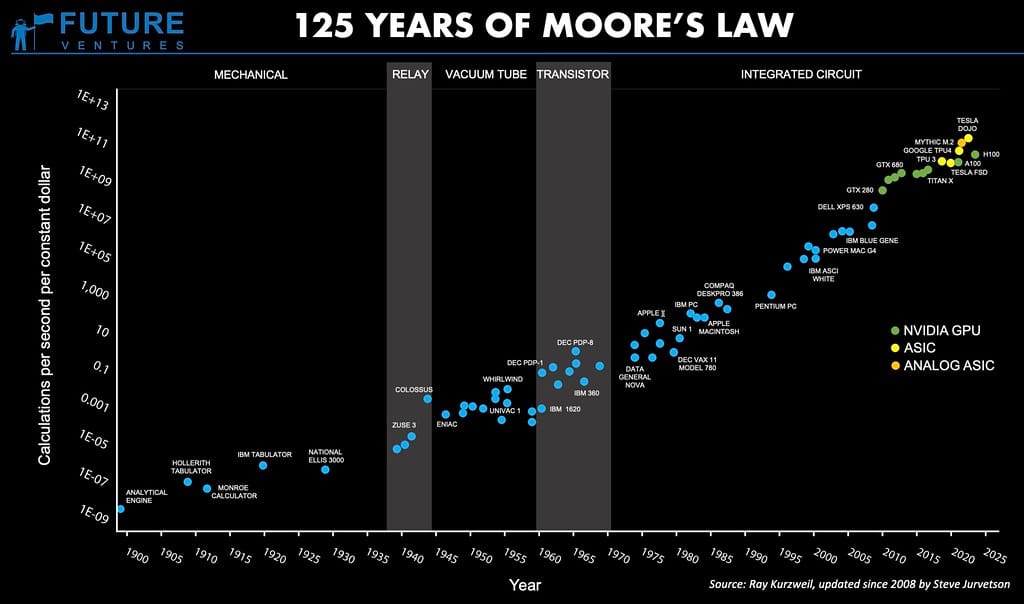Nvidia Unleashes Massive Open-Source European Language Dataset to Challenge AI Language Barriers
Tech giant's latest move democratizes multilingual AI development across Europe, offering researchers and developers unprecedented access to diverse linguistic resources worth millions in development costs.
Nvidia has made a groundbreaking contribution to the global AI community by releasing a comprehensive open-source European language dataset alongside powerful development tools, marking a significant step toward breaking down linguistic barriers in artificial intelligence. The release, announced this week, provides researchers, developers, and organizations with free access to what industry experts are calling one of the most extensive multilingual European language collections ever assembled.
A Dataset of Unprecedented Scale and Diversity
The new dataset encompasses over 25 European languages, including major languages like German, French, Spanish, and Italian, as well as lesser-represented languages such as Estonian, Latvian, and Maltese. This comprehensive collection contains more than 100 billion tokens of text data, carefully curated and processed to meet the demanding requirements of modern AI language model training.
What sets this release apart is not just its size, but its quality and ethical foundation. Nvidia's team spent over 18 months developing sophisticated filtering and validation processes to ensure the data meets strict privacy standards while maintaining the linguistic authenticity crucial for effective AI training.
Breaking Down the Technical Arsenal
Alongside the raw dataset, Nvidia has released a suite of development tools designed to lower the barrier to entry for multilingual AI development. The toolkit includes:
Pre-processing pipelines that automatically handle language detection, text normalization, and quality filtering across all supported languages. These tools alone represent hundreds of thousands of dollars in development costs that individual researchers or smaller organizations would typically need to invest.
Training frameworks optimized for Nvidia's hardware architecture, enabling developers to fine-tune language models with significantly reduced computational overhead. Early testing suggests training times can be reduced by up to 40% compared to traditional approaches.
Evaluation benchmarks specifically designed for European languages, addressing a long-standing gap in AI performance measurement tools that have historically favored English-language applications.
Addressing Europe's Digital Language Divide
This release comes at a critical time for European digital sovereignty. While English-dominated AI models have achieved remarkable capabilities, they often struggle with the nuances, cultural contexts, and specific linguistic structures of European languages. German compound words, French subjunctive moods, and Finnish case systems have proven particularly challenging for AI systems trained primarily on English data.
Dr. Sarah Martinez, a computational linguist at the Barcelona Supercomputing Center, notes that "this kind of comprehensive multilingual resource has been desperately needed. Many European languages have been underserved in the AI revolution, potentially leaving millions of speakers behind as digital services become increasingly AI-powered."
The dataset's impact extends beyond technical applications. Government services, healthcare systems, and educational platforms across Europe could benefit from AI tools that truly understand local languages and cultural contexts, rather than relying on translation layers that often miss critical nuances.
Industry Implications and Competitive Landscape
Nvidia's decision to make this dataset freely available represents a strategic shift in the AI industry's approach to language resources. While companies like OpenAI and Google have developed impressive multilingual capabilities, their datasets and training methodologies remain proprietary, creating barriers for researchers and smaller organizations.
This open-source approach aligns with broader European Union initiatives promoting digital sovereignty and ethical AI development. The European Union's proposed AI Act emphasizes the importance of diverse, representative datasets in preventing algorithmic bias – a goal that Nvidia's release directly supports.
The Road Ahead for European AI
The immediate availability of these resources is already generating significant interest from European research institutions and startups. Initial partnerships announced alongside the release include collaborations with universities in Germany, France, and the Netherlands, focusing on applications ranging from legal document analysis to medical AI assistants.
However, the true test will be in implementation. While the dataset provides the foundation, the European AI ecosystem will need continued investment in computational infrastructure and talent development to fully capitalize on this opportunity.
Conclusion: A New Chapter for Multilingual AI
Nvidia's massive European language dataset release represents more than just another corporate contribution to open-source AI – it's a catalyst for linguistic inclusivity in the digital age. By democratizing access to high-quality multilingual training data, Nvidia has potentially accelerated European AI development by years while ensuring that technological advancement doesn't come at the cost of linguistic diversity.
For developers, researchers, and organizations across Europe, this release offers an unprecedented opportunity to build AI systems that truly reflect the continent's rich linguistic tapestry. The question now isn't whether European languages will have a place in the AI future, but how quickly that future can be realized.
